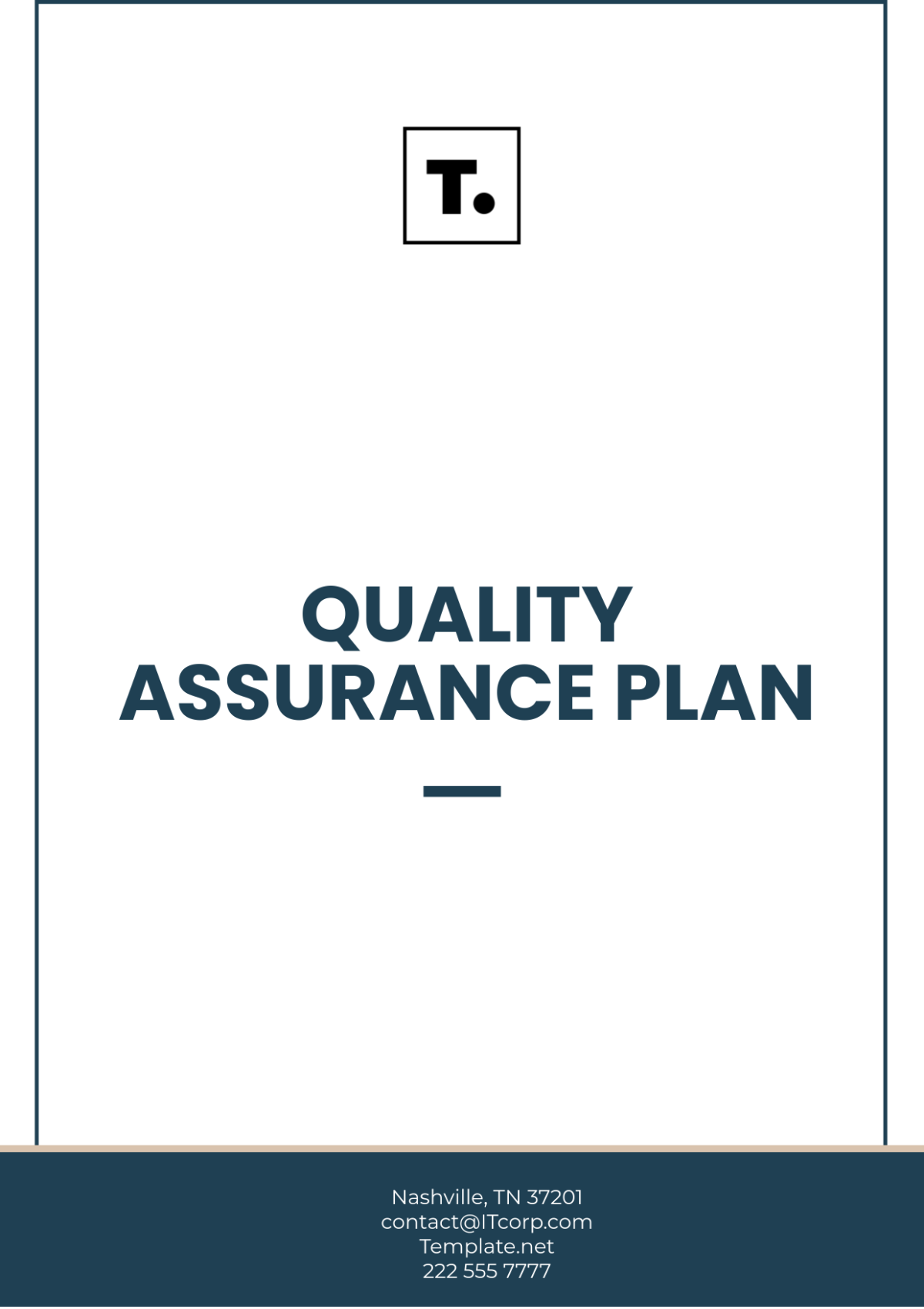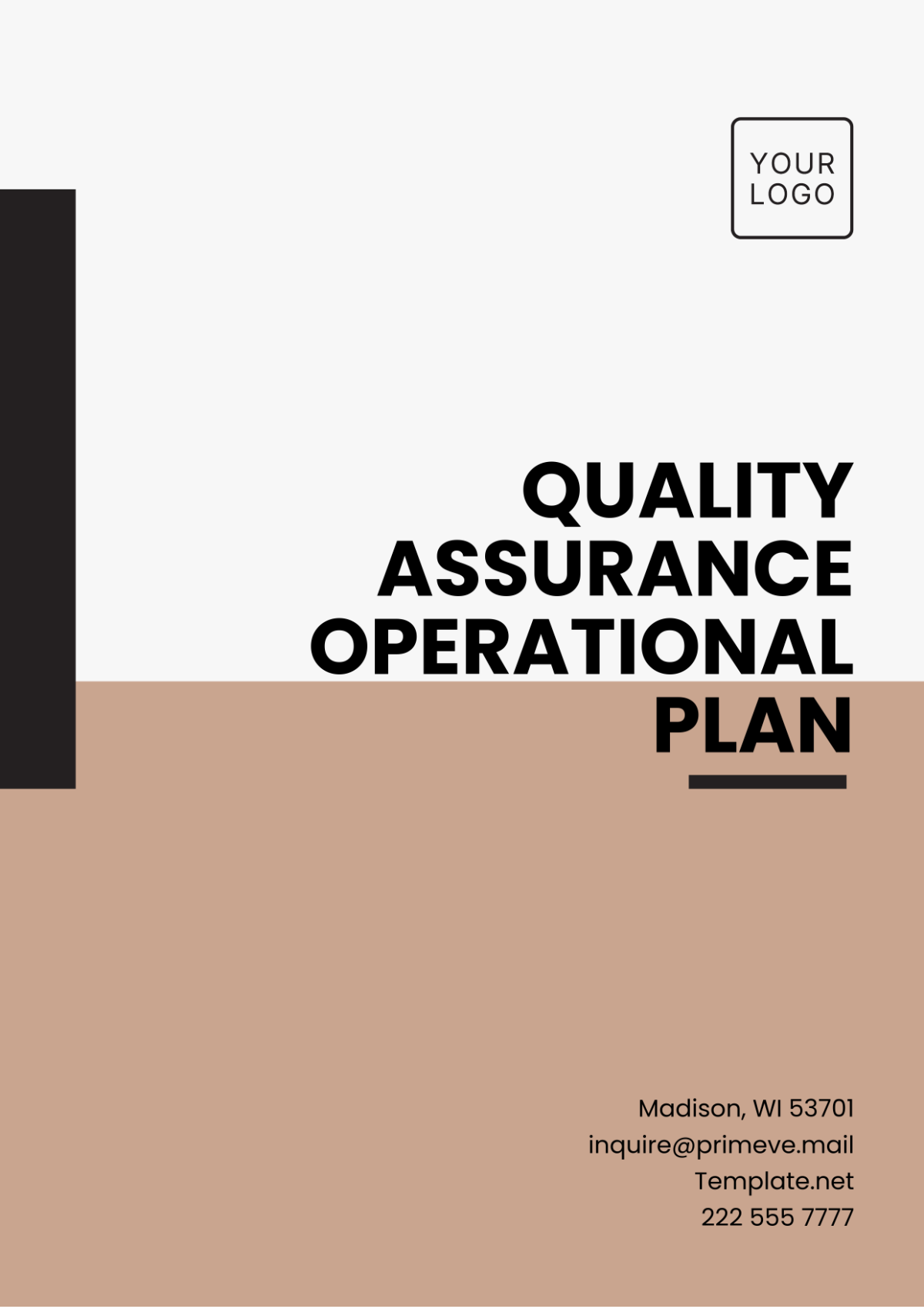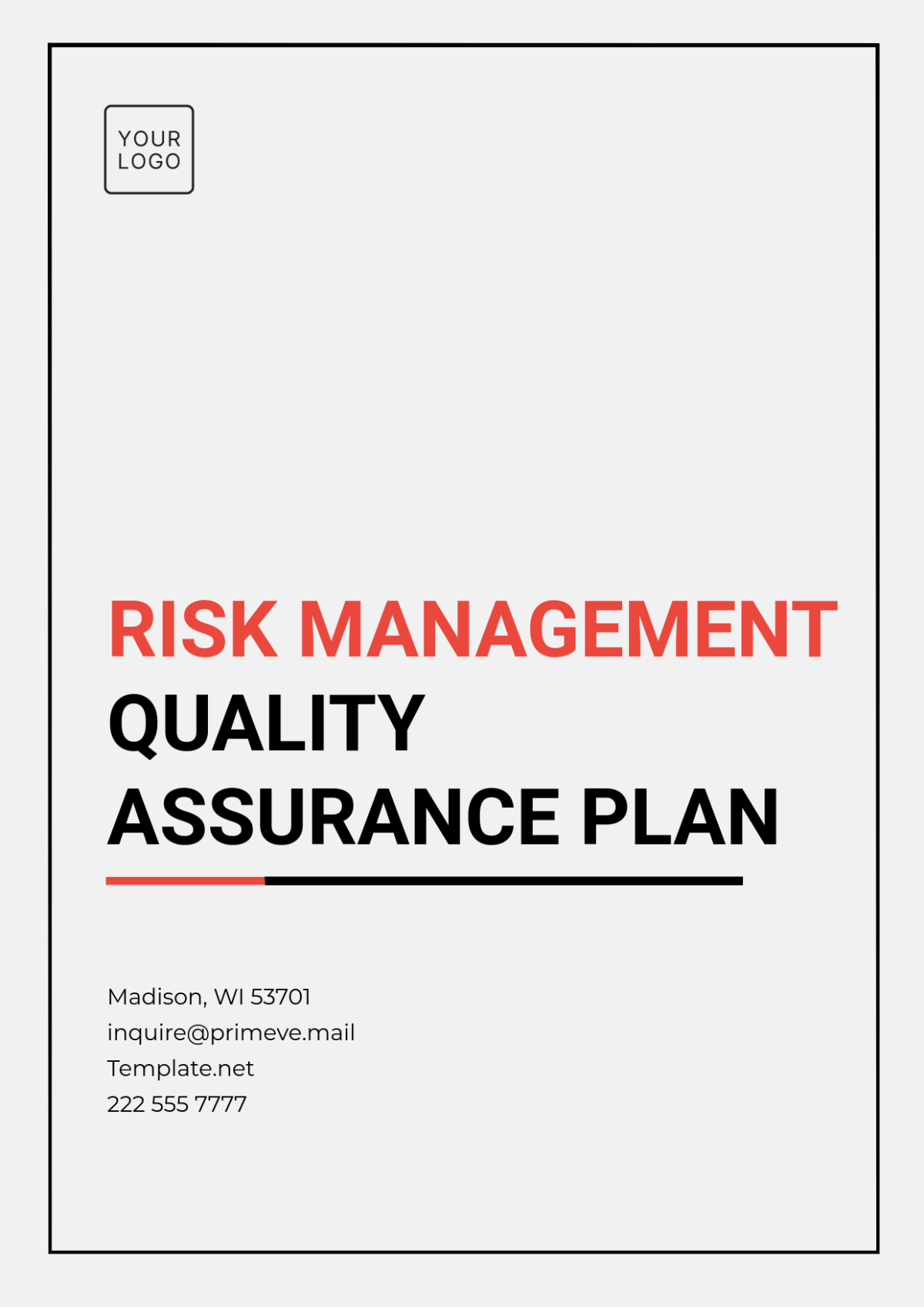Software Testing Quality Assurance Plan
1. Introduction
This Software Testing Quality Assurance Plan outlines the strategies, processes, and responsibilities for testing the software developed by [YOUR COMPANY NAME]. It serves as a guide for ensuring that the software meets its specified requirements and adheres to quality standards.
1.1 Purpose
The purpose of this QA Plan is to define the testing approach, resources, and timelines necessary to deliver a high-quality software product. It aims to identify and mitigate potential risks, ensure comprehensive test coverage, and facilitate continuous improvement throughout the software development lifecycle.
1.2 Scope
This plan covers all aspects of software testing, including but not limited to functional, performance, security, and usability testing. It applies to all phases of the software development process, from initial requirements gathering to post-deployment maintenance.
2. Testing Objectives
The primary objectives of the Software Testing Quality Assurance Plan are:
To verify that the software meets functional and non-functional requirements.
To identify defects and ensure they are resolved before deployment.
To validate the software's performance under various conditions.
To ensure the software complies with relevant industry standards and regulations.
To enhance user satisfaction by delivering a reliable and user-friendly product.
3. Roles and Responsibilities
3.1 QA Manager
Oversee the overall testing process and strategy.
Coordinate with project managers, developers, and stakeholders.
Review and approve the testing plan and test cases.
3.2 QA Engineers
Design, execute, and maintain test cases.
Report and track defects using the defect management system.
Participate in testing activities throughout the software development lifecycle.
3.3 Developers
Collaborate with the QA team to understand testing requirements.
Address and resolve identified defects promptly.
Conduct unit testing and support integration testing.
3.4 Project Manager
Monitor project timelines and ensure alignment with the testing schedule.
Communicate project status and any potential risks to stakeholders.
Facilitate resource allocation for testing activities.
4. Testing Strategy
4.1 Testing Types
The following types of testing will be conducted as part of this QA Plan:
Functional Testing: Validate that the software performs its intended functions as specified in the requirements document.
Performance Testing: Assess the software's responsiveness, stability, and scalability under various load conditions.
Security Testing: Identify vulnerabilities and ensure that the software meets security standards.
Usability Testing: Evaluate the user interface and overall user experience to ensure it is intuitive and user-friendly.
Regression Testing: Verify that new changes do not adversely affect existing functionality.
4.2 Testing Tools
The following tools will be used to facilitate the testing process:
Tool Category | Tool Name | Purpose |
|---|---|---|
Test Management Tool | TestRail | For managing test cases and defect tracking. |
Automation Tool | Selenium | For automating test cases where applicable. |
Performance Testing Tool | JMeter | For conducting performance testing. |
5. Testing Environment
The testing environment will be set up to replicate the production environment as closely as possible. It will include:
Hardware and software configurations that reflect the production environment.
Test databases with relevant data to simulate real-world usage.
Access to necessary tools and systems required for testing.
6. Test Planning and Execution
6.1 Test Planning
The test planning phase will include:
Defining the scope of testing based on project requirements.
Identifying test cases and establishing success criteria.
Allocating resources and defining timelines for testing activities.
6.2 Test Execution
The test execution phase will involve:
Conducting tests as per the defined test cases and reporting results.
Logging defects in the defect management system and tracking their resolution.
Retesting fixed defects to verify their resolution.
7. Defect Management
Defects identified during testing will be managed through the following process:
Logging: All defects will be documented in the defect management tool with detailed descriptions, steps to reproduce, and severity levels.
Prioritization: Defects will be prioritized based on their impact on functionality and user experience.
Resolution: Developers will address defects based on their priority, and QA will verify fixes.
Closure: Once verified, defects will be marked as resolved and closed in the defect management system.
8. Reporting and Metrics
Regular reports will be generated to communicate testing progress and results to stakeholders. Key metrics to be reported include:
Total number of test cases executed.
Pass/fail rates for test cases.
Number of defects identified and their severity levels.
Defect resolution time and trend analysis.
9. Continuous Improvement
To enhance the testing process continuously, the following practices will be implemented:
Conducting regular retrospectives to identify areas for improvement.
Collecting feedback from team members and stakeholders.
Updating the QA Plan based on lessons learned and evolving project needs.
10. Conclusion
This Software Testing Quality Assurance Plan provides a comprehensive framework for ensuring that the software meets quality standards and requirements. By following this plan, the team aims to deliver a reliable, high-quality software product that meets user expectations and industry standards.
Contact Information
Prepared by: [Your Name]
Email: [Your Email]
Phone: [Your Company Number]

























